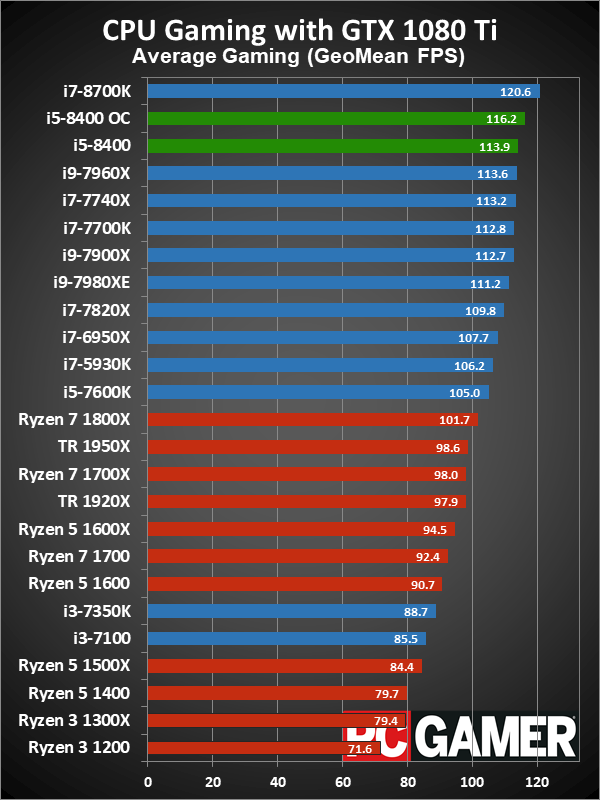

#Hw compare gpu how to#
It tells the RAM, logic unit, and I/O devices how to act according to the instructions received.Ī GPU, also known as a graphics card or video card, is the computer component that renders images and video. Control Unit - The control unit orchestrates the operations of the CPU.
#Hw compare gpu software#
It also translates virtual addresses provided by software to physical addresses used by RAM. Typically integrated into the CPU, it acts as the middleman between the CPU and RAM during the fetch-decode-execute cycle, shuttling data back and forth as necessary. Memory Management Unit (MMU) -The MMU is responsible for all memory and caching operations.The CPU cache is arranged from L1-元, with L1 being the fastest - the CPU will store information it needs quickly there. Cache - CPUs have their own ultra-fast memory built right in, which is faster than any RAM or type of SSD.This allows for more work to be done simultaneously, effectively turning one core into two “logical” cores. Simultaneous multithreading/hyperthreading - Simultaneously multithreading (known as hyperthreading in Intel processors) is where processing is delegated to multiple software threads, rather than given to a single core.The more cores a CPU has, the better its performance and efficiency. Now, computers commonly have anywhere from two to 64 cores. Back in computing antiquity, processors had just one core. Cores - A core is basically a CPU’s processor.For a deeper look on CPUs, check out our guide on how to choose a CPU: The process begins again once the next instruction is fetched.ĬPUs have a few universal features. Execute - Finally, the instruction gets passed to the instruction decoder, which converts the instruction into electrical signals sent to various parts of the CPU to be acted upon.Some of the more common instructions include loading a number from RAM, adding numbers together, logical functions like Boolean logic, storing a number from the CPU back to the RAM, taking device input or outputting data to a device, comparing numbers, or jumping to a RAM address. Decode - Once the CPU has data, it has an instruction set it can act upon the data with.Within these instructions from RAM are number/numbers representing the next instruction to be fetched.
#Hw compare gpu series#
Fetch - The CPU sends an address to RAM (or other program memory) and retrieves an instruction, which could be a number or series of numbers, a letter, an address, or other piece of data back, which the CPU then processes.Here's a rundown of the basic functions of a CPU: They run processes serially, meaning one after the other. The core functionality of the CPU is to fetch instructions from random access memory, or RAM, and then decoding and executing the instructions. Usually, memory is accessed from RAM in order, but it can be fetched out of order, hence the random in random access memory. Most modern processors are capable of anywhere from 1-5 billion operations per second.

It’s like having billions of on-off switches that control the flow of electricity, translating tasks into 0’s and 1’s. The CPU is responsible for everything you can do on a computer, executing instructions for programs from your system’s memory via billions of microscopic transistors with instructions from software. Often compared to the “brains” of your device, the central processing unit, or CPU, is a silicon chip that is attached to a socket on the motherboard.


 0 kommentar(er)
0 kommentar(er)
